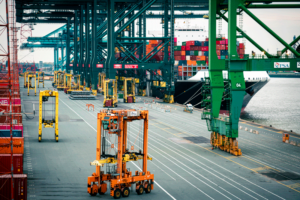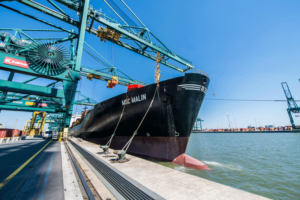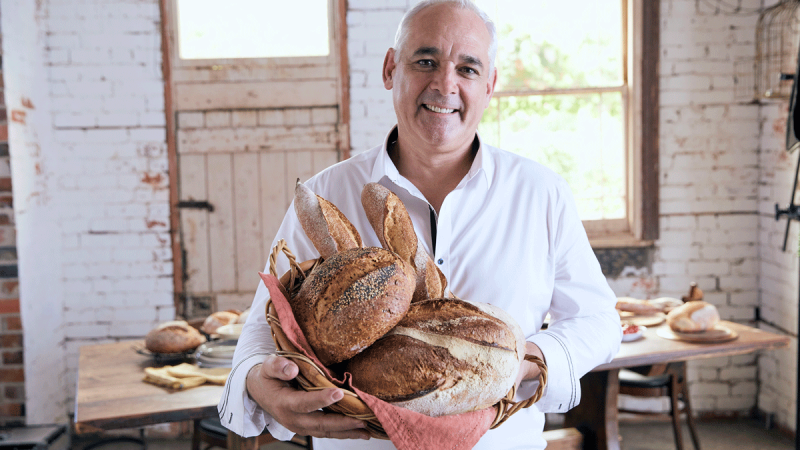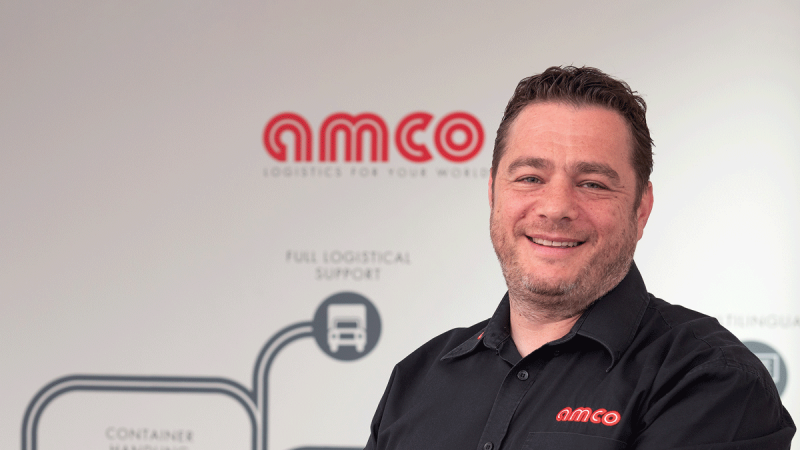In 2021 two cities, Antwerp, and Bruges, announced the launch of a merger process that would bring their respective ports together. With the signing of a shareholders’ agreement of the unified port authority, the ports of Antwerp and Zeebrugge became the Port of Antwerp-Bruges to form one of the biggest main ports in Europe.
“We are quite a special port,” says Rob Smeets, COO of the Port of Antwerp-Bruges. “We are instrumental in the import of natural gases, and we are the continent’s biggest carport, with lots of cars both imported and exported through Zeebrugge.”
That is combined with Antwerp’s port being the second largest chemical port in the world, with the infrastructure to connect easily via pipelines to Antwerp, and from there reach the rest of Europe.
The twin port boasts a unique location as well. It is a sea-facing port, allowing it to serve ferries across the North Sea, as well as abundant container ship traffic. Yet Antwerp is also home to the biggest container firms precisely because it is so far land-inward, reducing the number of track kilometres those containers have to travel to their destinations.
“We also serve a lot of break bulk, so we have the perfect mix of all kinds of products,” Smeets says. “The combination of these elements makes the port unique, even aside from being one of the biggest ports in this part of this world.”
With that product mix across both ports and its inward land connections, the Port of Antwerp-Bruges is a vital stepping stone in global transport infrastructure. And Smeets’s vision is for it to be even more than that.
“We are investing heavily in the future of the port, particularly through new technologies and new energy solutions,” Smeets says. “We are preparing the port for the near future, and the far future.”
 Towing the Industry Forward
Towing the Industry Forward
As Smeets is keen to point out, “We are a port who say what we are doing and do what we are saying.” The port’s ambitions in the green energy sector are already being realised through the ship’s own tugboat fleet.
“Our own tug company has invested heavily in new tugboats with new energy sources, allowing us to compete better, compare their performance and judge what the best future solution is, not just for ourselves, but also to set an example,” Smeets insists.
This is no small change. For decades, the tugboats of these ports have only used one type of tugboat before recently switching to new, more energy-efficient models.
“We anticipated the necessity of reducing energy consumption, driven by hydrogen or electricity or methanol, based on different propulsion systems,” Smeets tells us. “It was an effort to change the way a company works when it has been floating for decades in the same way, but it was worth it.”
Sustainable and Digital
It has led to an entirely new wing of the business.
“We started a whole new department dedicated to the energy transition,” Smeets tells us. “We have laid out a program with strategic targets. We are hiring people in energy-transition-related sectors and starting a discussion with communities on how we can enter this new era.”
This is only one of several transformations the port has instigated since it became a joint entity.
“We have done a lot, not only for the energy transition but also for the digital transition, with project and program teams working with stakeholders to develop new ways of working,” Smeets says.
The port facility combines customs data, internal data, and shipping lines data to ensure containers are handled safely and securely. The process circumvents fraught, sensitive pick-up procedures with a closed-circuit system that allows for easy tracking and processing.
“Then of course, when the ships are coming and going, we have to plan their movements,” Smeets points out. “We need to optimise the planning of the port from the terminals outward so that we find the optimal use for our resources to serve ships and their cargo.”
Port security is another area that has seen a dramatic overhaul. Where the port has traditionally been secured landside with a fleet of motor vehicles, it has now brought in two inspection boats to inspect vessels on the water side.
The port facility combines customs data, internal data, and shipping lines data to ensure containers are handled safely and securely. The process circumvents fraught, sensitive pick-up procedures with a closed-circuit system that allows for easy tracking and processing.
“Then of course, when the ships are coming and going, we have to plan their movements,” Smeets points out. “We need to optimise the planning of the port from the terminals outward so that we find the optimal use for our resources to serve ships and their cargo.”
Port security is another area that has seen a dramatic overhaul. Where the port has traditionally been secured landside with a fleet of motor vehicles, it has now brought in two inspection boats to inspect vessels on the water side.
 Introducing Innovation
Introducing Innovation
This dedication to transforming and innovating throughout the ports sector has proven a powerful draw on the recruitment side as well. This is fortunate, as a pipeline of new talent is essential to Smeets’s vision for the Port of Antwerp-Bruges.
“We need to have multiple technical profiles to facilitate the energy and digital transition,” Smeets says. “We had a big job market last year with 300 visitors and recruited approximately 25 to 30 people just on the day. We show people our company and what we are doing.”
As the only tugboat company in the world that is investing in new energy sources, the Port of Antwerp-Bruges occupies a unique niche in the ports industry.
“We invest heavily in the brand, and our investment and involvement in all kinds of new technologies,” Smeets says. “It is unique, so that attracts a broad spectrum of people. We have always tried to introduce innovations ourselves, and people want to be a part of that.”
But that vision for the future is not just a recruitment slogan. It is a blueprint for a greener future. Talking with Smeets, he is excited to share plants for importing hydrogen, methanol, and other new sources of energy, bringing them, and transporting them on to Antwerp and beyond.
“We will be feeding a greener chemical industry, collecting carbon dioxide and bringing it to other countries overseas, where they can produce green hydrogen for the Middle East and close the loop,” Smeets says. “We want to have a central role in the green future. We want to connect ports digitally to improve processes and create efficiencies that will help ports and the maritime sector become more sustainable.”
The Port of Antwerp-Bruges has already shown itself to be an innovative company that invests in its ports, but it is also a front-runner in the energy and digital transition. Smeets is right to say, “We are a port who say what we are doing and do what we are saying.”






